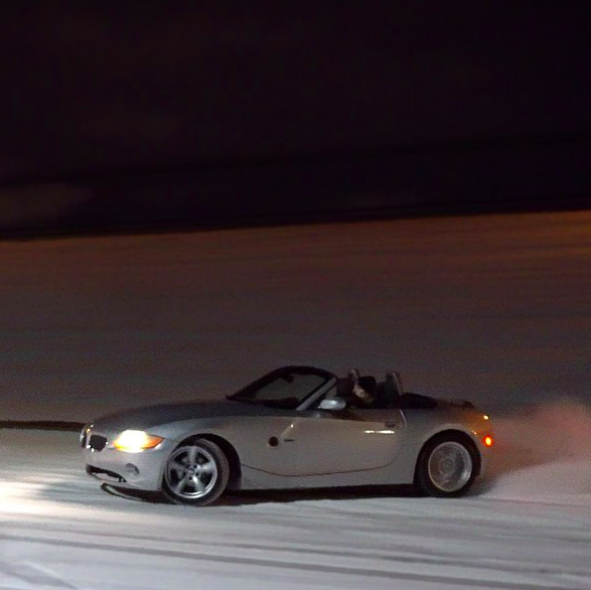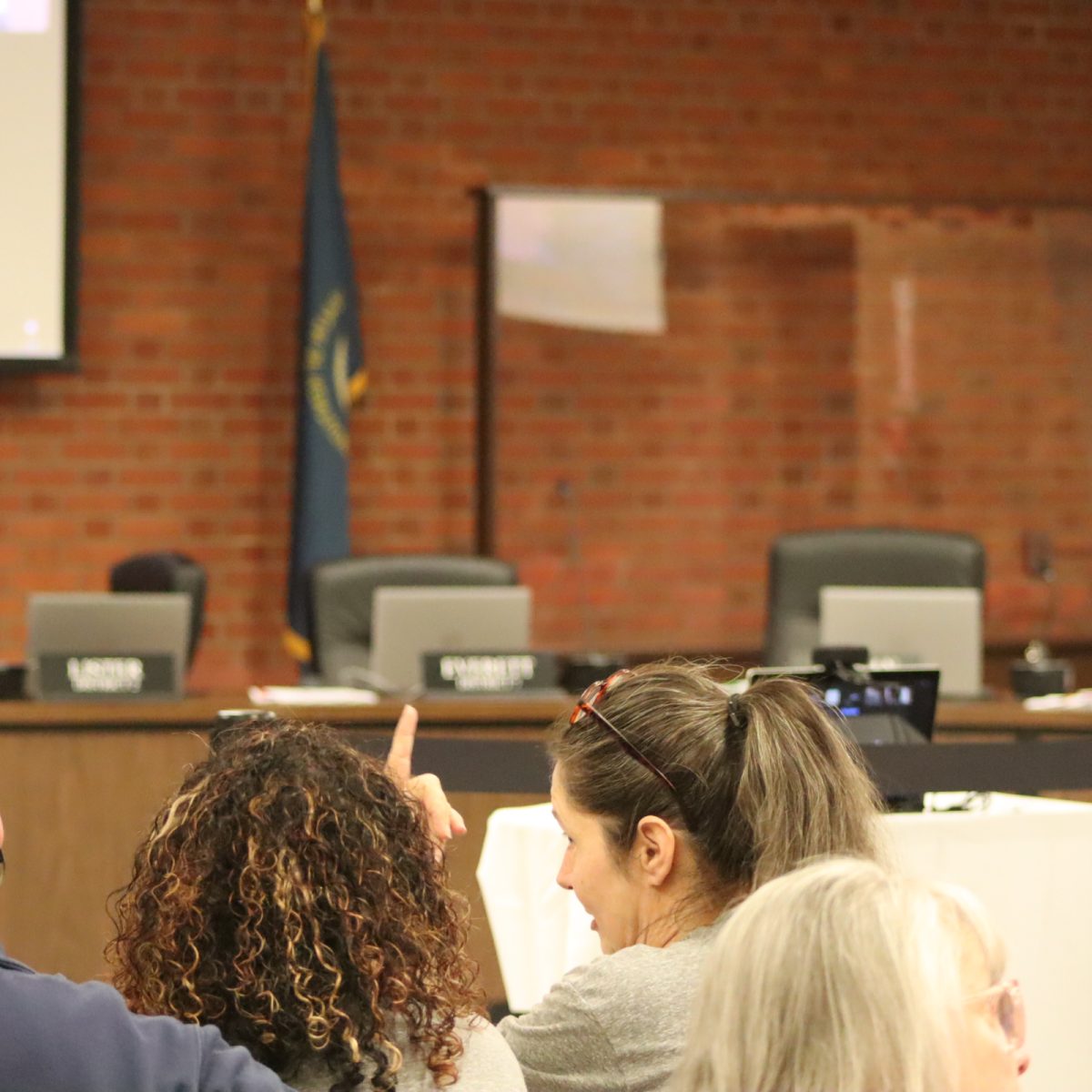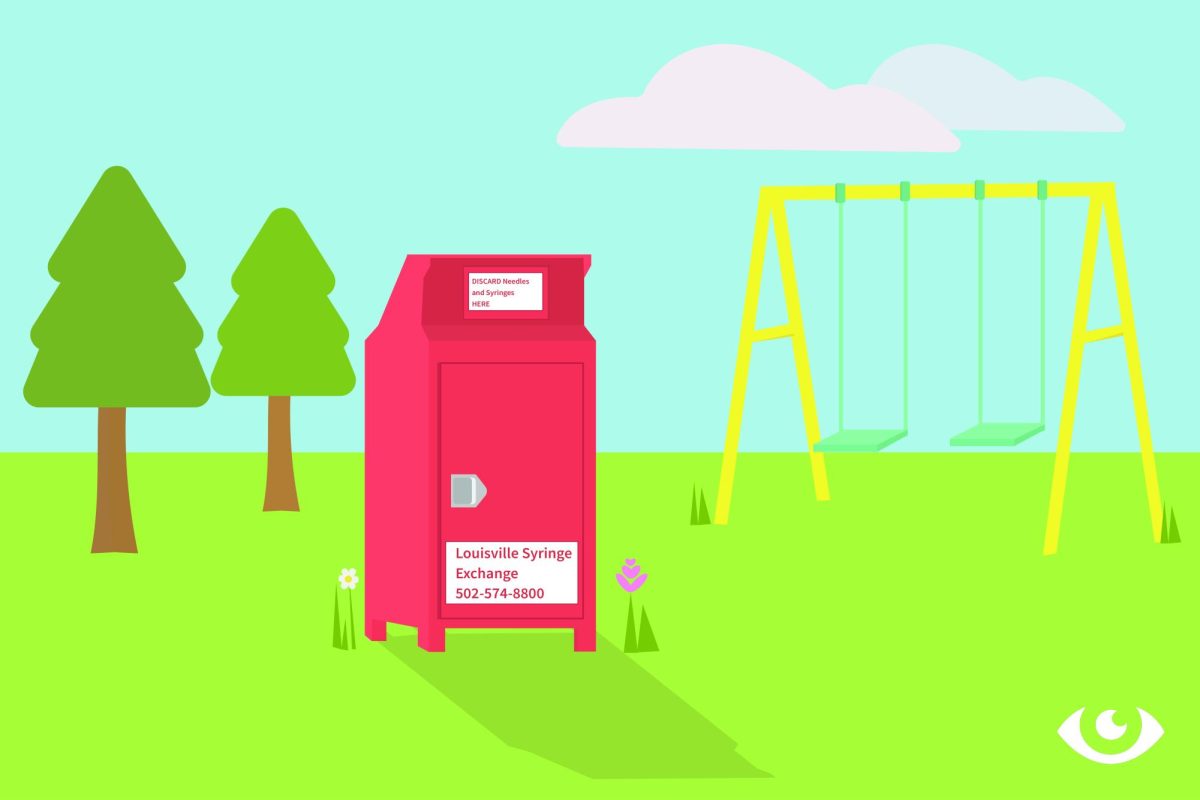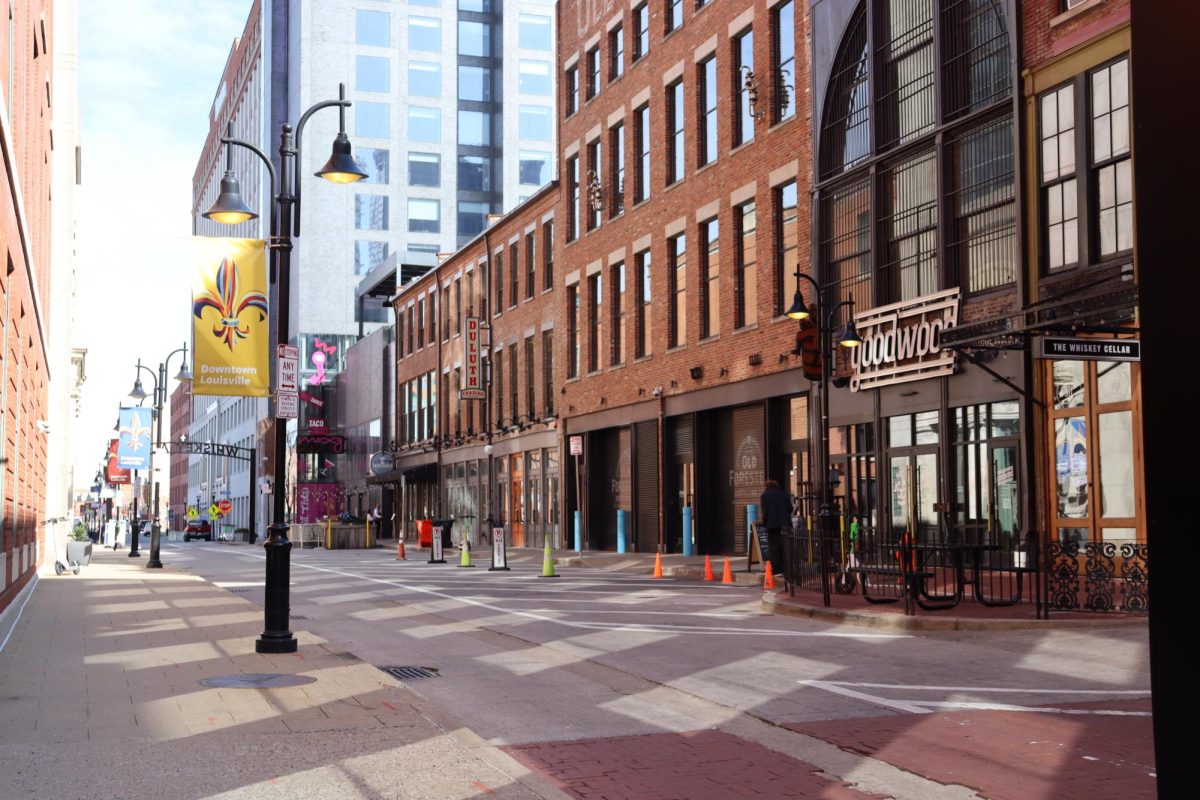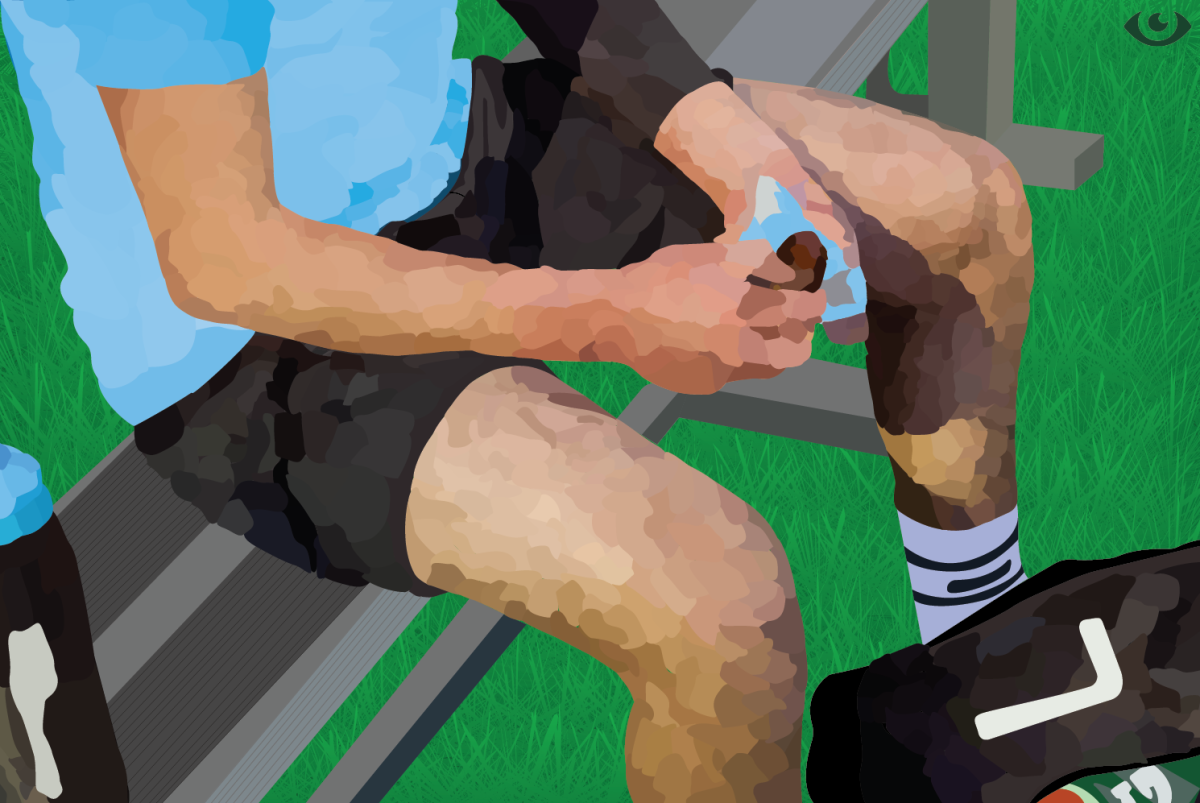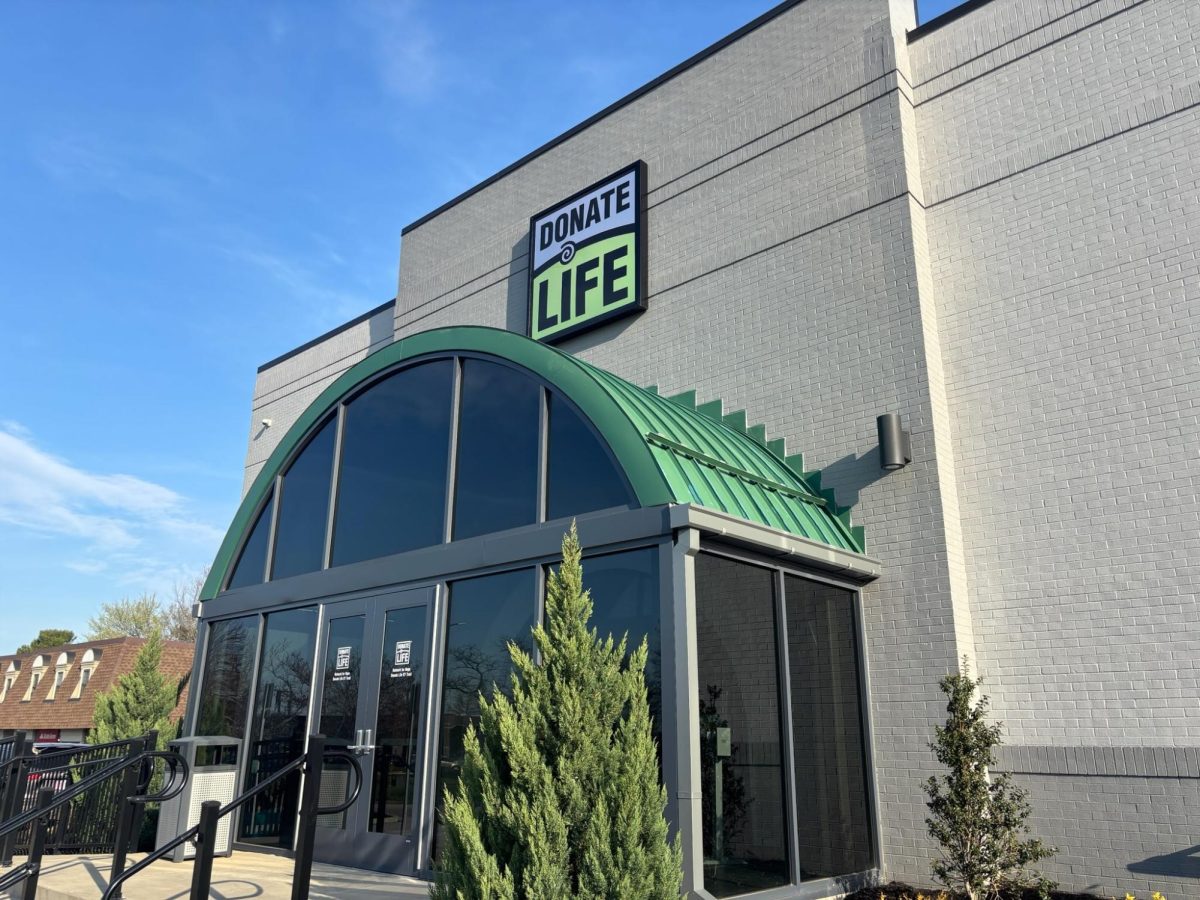1. How to pump gas and air up a tire
One thing that high schoolers often forget is that as a driver, you need to keep an eye on the amount of gas in your car and be able to replenish it when needed. Pumping gas is fairly simple but can still be confusing the first time that you do it. One thing that you need to be sure to know before pulling into the gas station is what side of the car your gas tank is on. You can usually tell this from a small symbol on the dashboard. You should make sure to pull up to the gas station so that the gas tank side of the car is facing the pump. Be sure to know how much gas your car can hold so you can get an idea of how much money you need. If you pay with cash, you must go into the store and tell the clerk which pump you are on. They will set the amount of gas that you can get with your cash and the pump will stop automatically. If you pay with a card, the machine will tell you how to pay, and the pump will automatically stop when your tank is full. Below is a video detailing more in-depth instructions on how to pump gas.
2. How to air up a tire
Another important thing that you may forget to learn is what to do when your tire pressure is low. During the winter, your tire pressure may decrease because of the dropping temperatures. Some cars have indicators that say “tire pressure low” or some other sort of indicator to let you know when you need to add air to your tire.
Most gas stations have an air pumping station that is either free to use or costs only a few quarters. Below is a video with more detailed instructions on how to use the air pumping station.
Winter tips
Always carry a coat or heavy blanket in your car. If your car ever breaks down and or gets stuck in the winter you will have something to keep you warm so you do not get hypothermia. It may also be helpful to keep your gas tank above half during the winter if at all possible to prevent both running out and being stranded, but also to be able to keep the heat running in the event that the car breaks down. Another tip is to keep cat litter in your car, so if you get stuck in the snow you can use it for traction to get out. During the winter, your car’s windshields will sometimes frost over during the night. Make sure to leave extra time in the morning to scrape the ice off your windshield. Carry a scraper with you in the car at all times. The first step when you come out to a car with frozen windshields is to turn on the car and turn the heat on full with the vents facing the windshields. In some cars there is a button that will direct the air toward the windshields.
3. How to know when your battery is running
Knowing when your engine is on versus when your battery is running can help you prevent idling and burning out your battery. When you first turn the key to turn the car on, you are starting the battery. When your car is on but the engine is off, you can listen to music on the radio, run the heat or AC or turn on your lights, but you can’t drive. Because the battery is powering the whole car at this point without the help of the engine, leaving the car in this state for too can burn out your battery. When you turn the key more it sparks the engine. When the engine is on, you can drive the car. Leaving your car engine on too long can burn gas and hurt the environment. do not leave your car idling for more than 10 minutes.
4. How to do a four-way stop
One thing that no driving manuals will mention is general driving etiquette. Four-way stops are a prime example. A driving manual will tell you that at each four-way stop, whichever car gets to the intersection first goes first. If you reach the intersection at the same time, the car on the left goes first. Unfortunately, when you’re driving, four-way stops don’t usually go exactly like that. When you approach a four-way stop, you can’t assume that everyone at the stop will wait their turn for you to pass through the intersection. Even if you were the first car to the stop, pay attention to all of the other cars in case one of them believes that they were actually the first to arrive. Keep your eye out for cars that are inching forward or whose tires are still moving. Remember, four-way stops are always “first come, first serve”, but you still need to be cautious.



